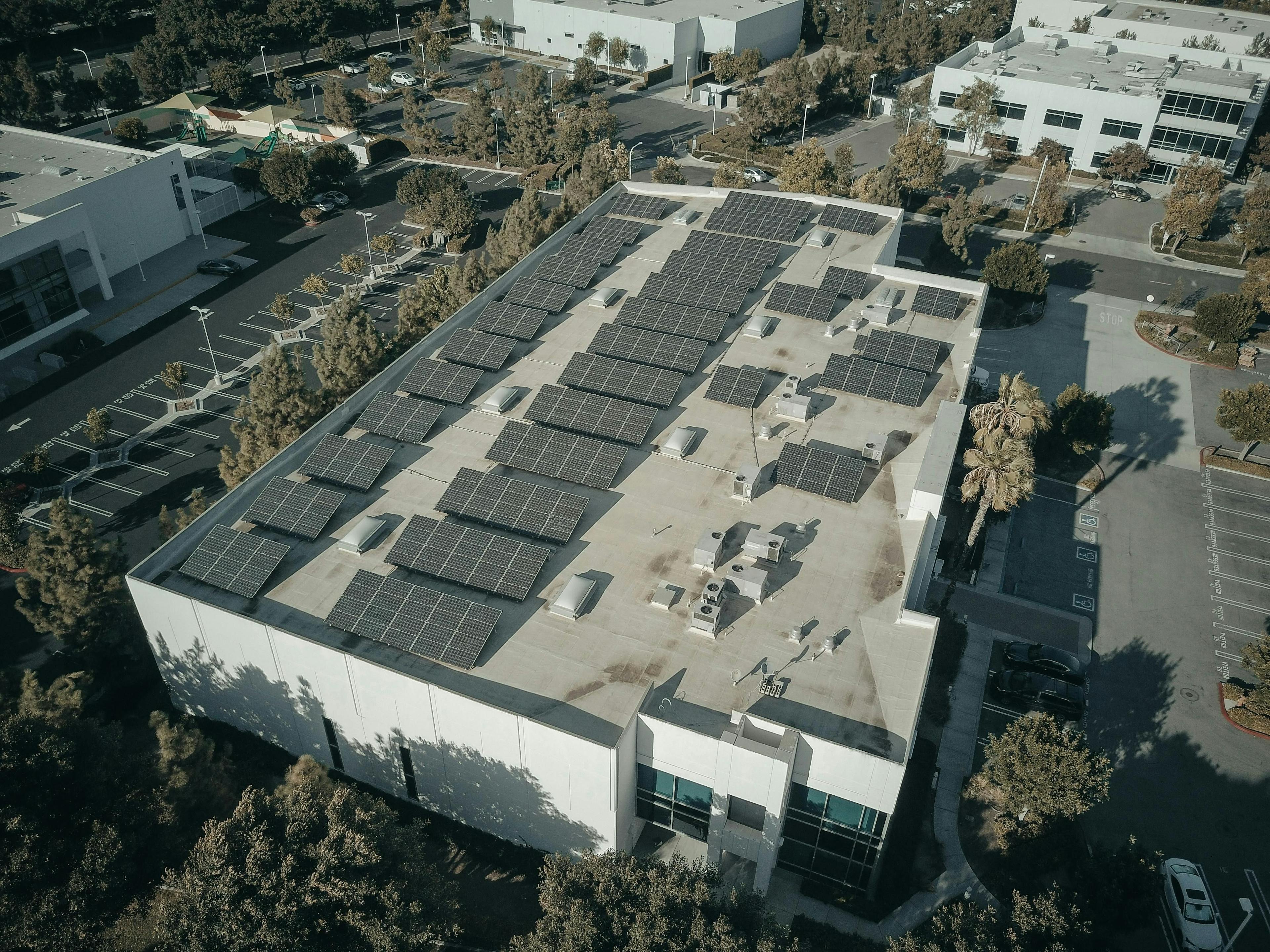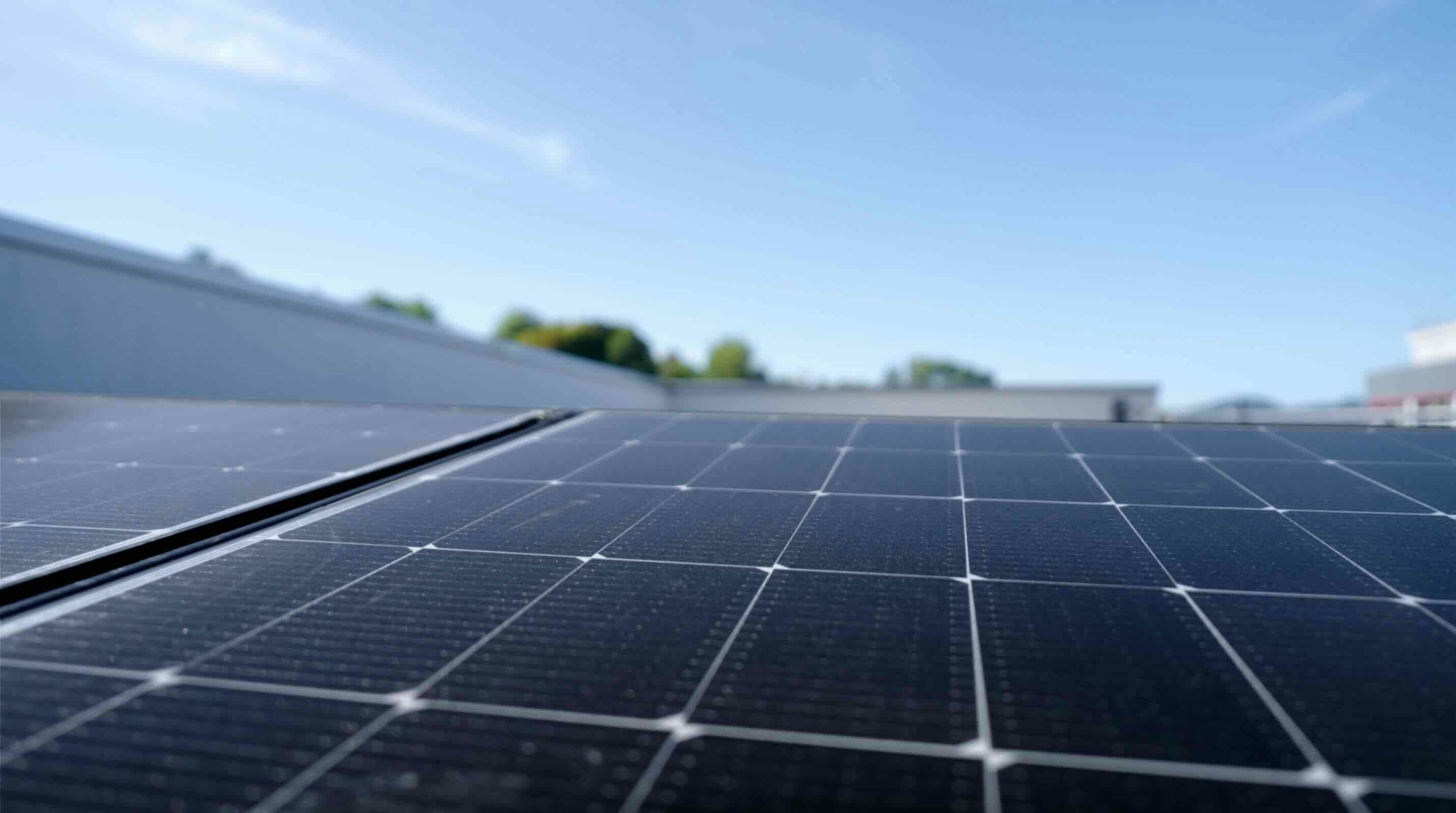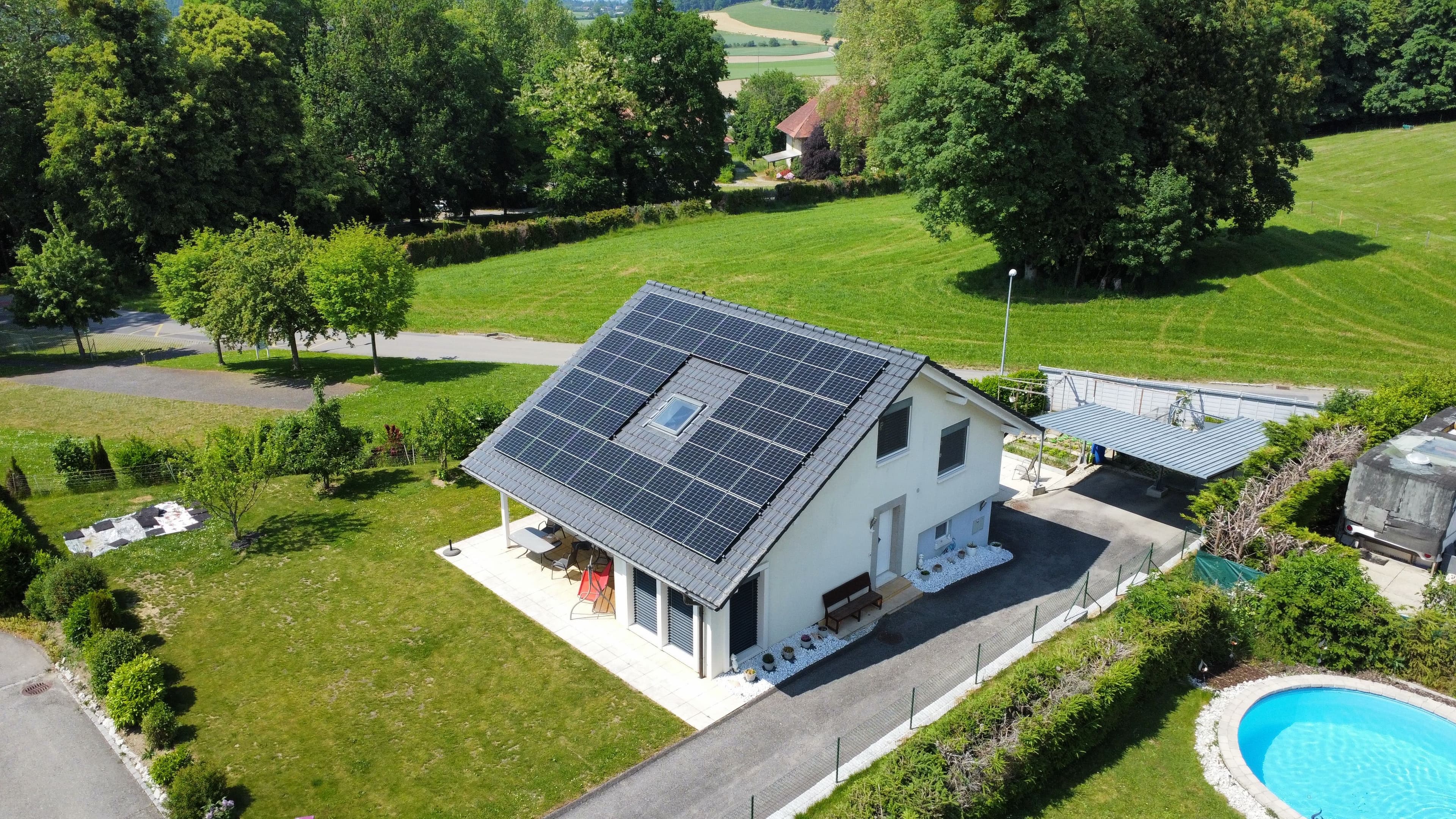Blue solar panels are ubiquitous and have been installed as a standard product over the past decades – from residential to industrial and commercial to standalone solar plants. But in recent years, the solar landscape has somewhat changed; increasingly, you only see black solar panels being installed. What's behind all this? We explain it in detail so that you can make the right decision for your own solar installation.
1. Base Material: Silicon
To unravel the mystery, it's important to first understand the structure of a single solar cell. A solar cell consists of two layers of the element silicon. This is obtained, among other things, from sand and consists, like any atom, of a nucleus and electrons orbiting around it. Since electricity is nothing but the flow of electrons in a conductor (e.g., in a copper cable), all it takes is to move these electrons to generate electricity.
2. Generating Electricity
This occurs when sunlight strikes two differently charged layers of silicon in a solar module. In order to charge the layers positively and negatively, additional elements are simply added.
An integrated phosphorus atom creates a negatively charged silicon layer, while a boron atom creates a positive layer. When sunlight hits the cell, electrons try to move along a conductor to the other side to balance the voltage between the two layers.
Via the conductor, the electrons eventually reach the solar circuit, where they are converted into alternating current by an inverter and injected into the building's electrical network.
3. Polycrystalline vs. Monocrystalline
Now that the basic materials and construction of a solar cell are clear, we need to take a closer look at the silicon used and the manufacturing process of a cell.
The two most common types of solar modules on the market are so-called polycrystalline modules and monocrystalline modules, whose manufacturing process determines the natural formation of the color. In the production of polycrystalline solar cells, silicon forms a plurality of crystals (hence the term "polycrystalline") as it deposits, which together form the complete cell plate. You can clearly see the crystals in the photo below on the left.
Due to the nature of the material and how this structure reflects light, the surface of polycrystalline solar cells appears bluish. In a monocrystalline design, on the other hand, a single silicon crystal is grown throughout the cell (each of the squares in the image below on the right), hence the term monocrystalline. This has the advantage that less light is reflected, less irradiation energy is needed to move the electrons, and the migrating electrons encounter less resistance.
Therefore, solar panels composed of monocrystalline cells can generate higher power, produce energy with even less light irradiation, and appear darker on the surface.
4. Which Type of Solar Panel is Best for Me?
However, monocrystalline solar panels also have a downside: they are more expensive because their manufacturing is slightly more costly. Therefore, whether one or the other option is preferable depends largely on the circumstances. It's worth noting that today, many people opt for monocrystalline panels for purely optical reasons, as black solar cells blend better into the roof.
Additionally, they are often useful where only a small area is available, in order to extract the most energy possible from the limited number of modules that can be installed.
This is the case, for example, with single-family homes. In the case of large buildings, which can already cover their electricity needs with blue solar panels and where the cost of a single module is multiplied by hundreds, it may be worthwhile to stick with a polycrystalline design.



